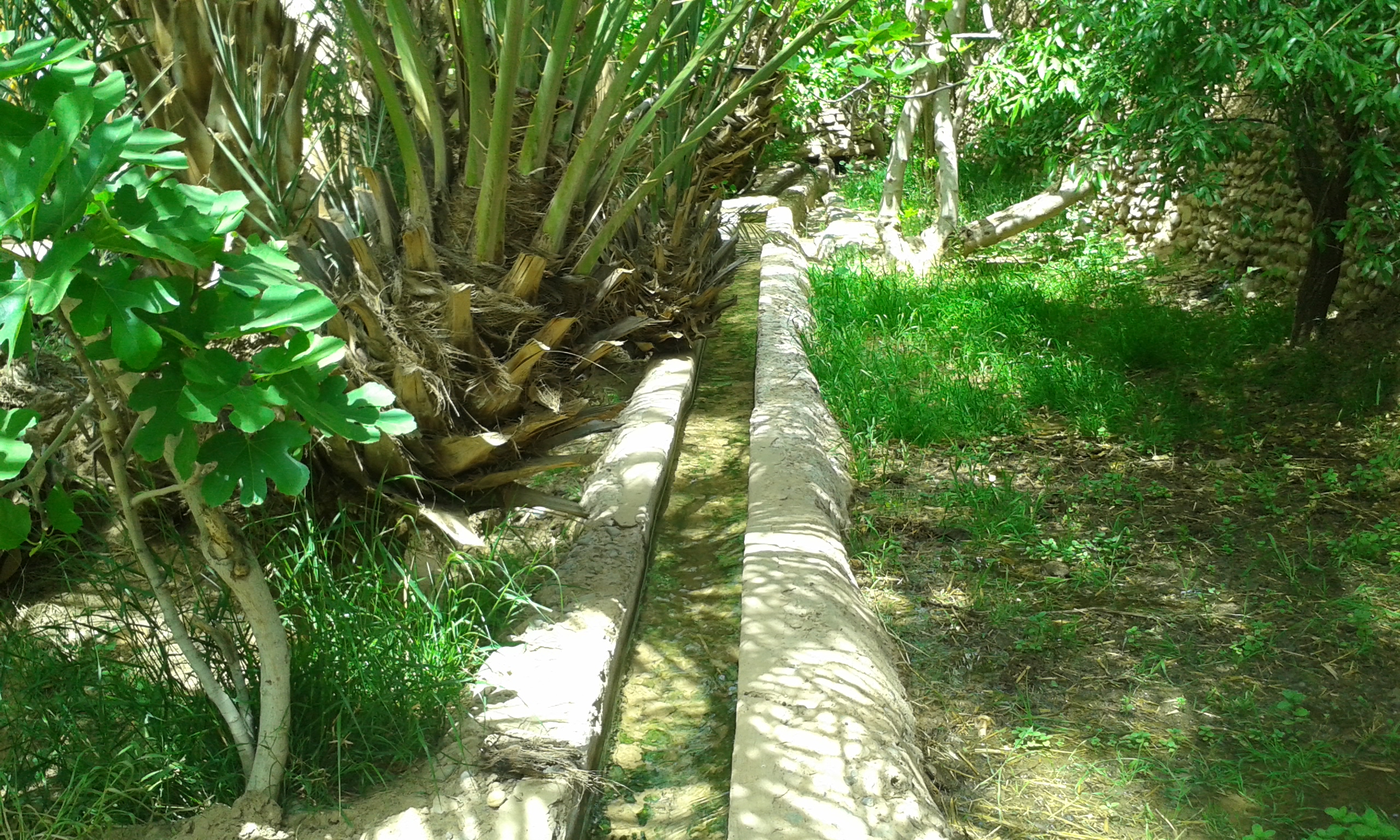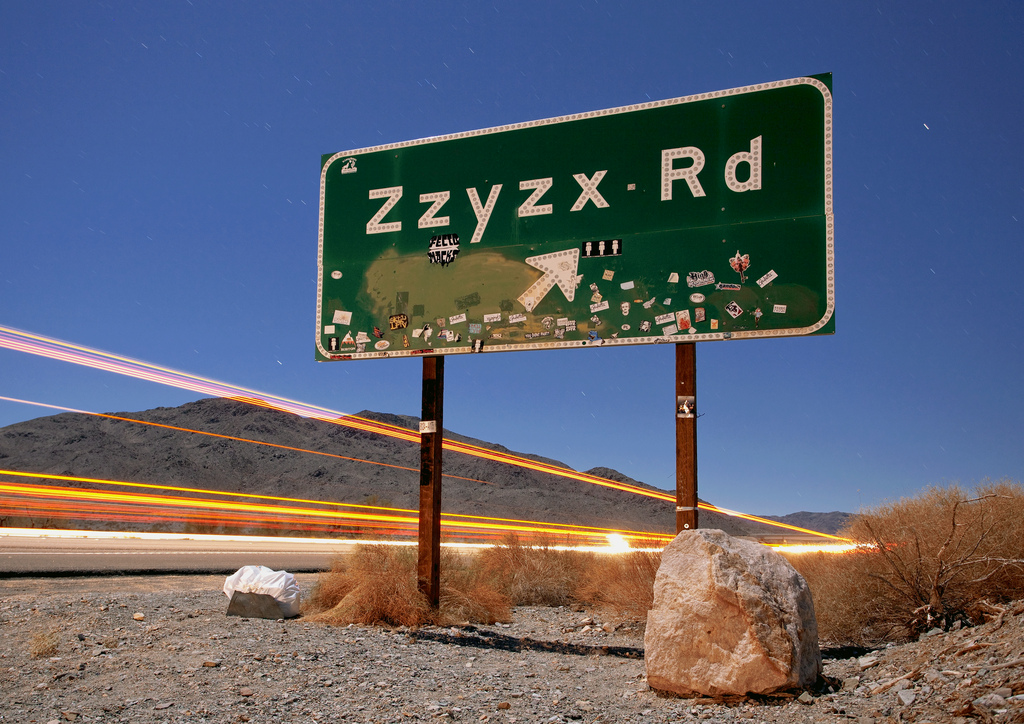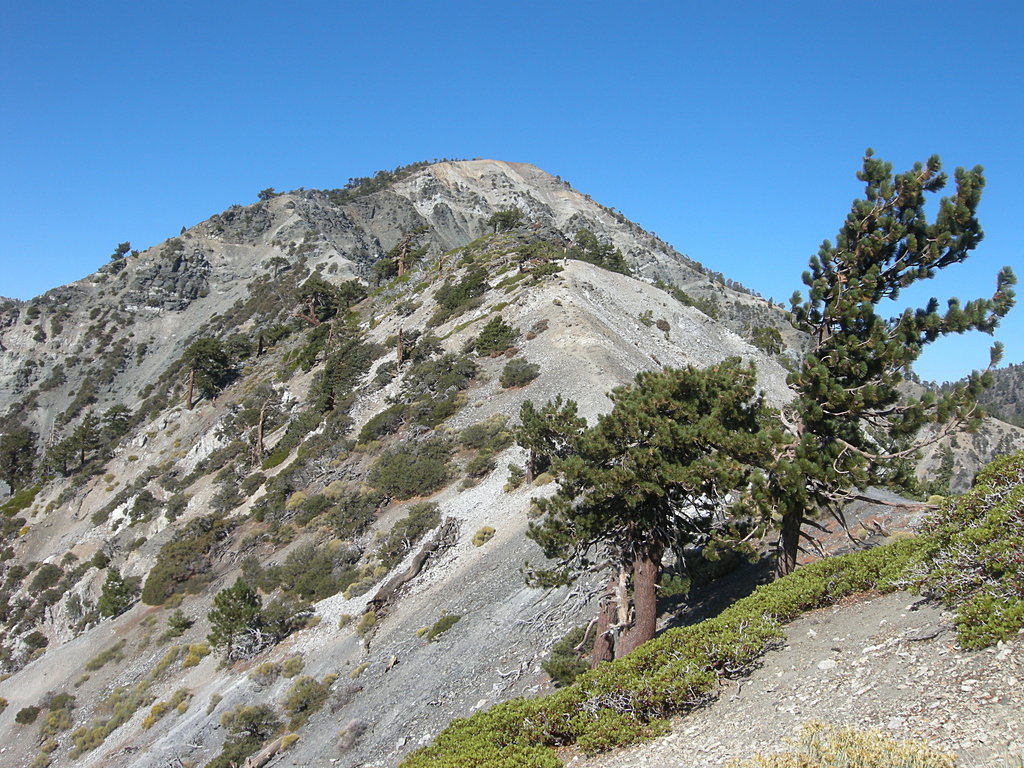|
Mojave Road
The Mojave Road, also known as Old Government Road (formerly the Mohave Trail), is a historic route and present day dirt road across what is now the Mojave National Preserve in the Mojave Desert in the United States. This rough road stretched from Beale's Crossing (the river crossing site on the west bank of the Colorado River, opposite old Fort Mohave, roughly southwest of Bullhead City, Arizona), to Fork of the Road location along the north bank of the Mojave River where the old Mojave Road split off from the route of the Old Spanish Trail/Mormon Road. A four-wheel drive vehicle is required for all but a few short stretches of this road, which is unmaintained. The old road from Fork of the Road eastward along the Mojave River is interrupted after by private property, below the site of the old Camp Cady (on the north bank of the Mojave River, roughly northeast of Newberry Springs). The road is resumed at an access point from the north in Manix Wash. Under optimal condi ... [...More Info...] [...Related Items...] OR: [Wikipedia] [Google] [Baidu] |
Colorado River
The Colorado River () is one of the principal rivers (along with the Rio Grande) in the Southwestern United States and in northern Mexico. The river, the List of longest rivers of the United States (by main stem), 5th longest in the United States, drains an expansive, arid drainage basin, watershed that encompasses parts of seven U.S. states and two Mexican states. The name Colorado derives from the Spanish language for "colored reddish" due to its heavy silt load. Starting in the central Rocky Mountains of Colorado, it flows generally southwest across the Colorado Plateau and through the Grand Canyon before reaching Lake Mead on the Arizona–Nevada border, where it turns south toward the Mexico–United States border, international border. After entering Mexico, the Colorado approaches the mostly dry Colorado River Delta at the tip of the Gulf of California between Baja California and Sonora. Known for its dramatic canyons, whitewater rapids, and eleven National parks of the ... [...More Info...] [...Related Items...] OR: [Wikipedia] [Google] [Baidu] |
Manix Wash
Manix Wash is a 2.5 mile long tributary stream of the Mojave River, in San Bernardino County, California San Bernardino County ( ), officially the County of San Bernardino and sometimes abbreviated as S.B. County, is a County (United States), county located in the Southern California, southern portion of the U.S. state of California, and is locat .... Its mouth lies at an elevation of at its confluence with the river. Its source lies at an elevation of 1740 feet at in the Mojave Valley. References Rivers of San Bernardino County, California Mojave River {{California-river-stub ... [...More Info...] [...Related Items...] OR: [Wikipedia] [Google] [Baidu] |
Oases
In ecology, an oasis (; : oases ) is a fertile area of a desert or semi-desert environmentBattesti, Vincent (2005) Jardins au désert: Évolution des pratiques et savoirs oasiens: Jérid tunisien. Paris: IRD éditions. . that sustains plant life and provides habitat for animals. Surface water may be present, or water may only be accessible from wells or underground channels created by humans. In geography, an oasis may be a current or past rest stop on a transportation route, or less-than-verdant location that nonetheless provides access to underground water through deep wells created and maintained by humans. Although they depend on a natural condition, such as the presence of water that may be stored in reservoirs and us ... [...More Info...] [...Related Items...] OR: [Wikipedia] [Google] [Baidu] |
Soda Lake (San Bernardino County)
Soda Lake (or Soda Dry Lake) is a dry lake at the terminus of the Mojave River in the Mojave Desert of San Bernardino County, California. The lake has standing water during wet periods, and water can be found beneath the surface. Soda Lake along with Silver Lake are what remains of the large, perennial, Holocene Lake Mojave. The waters of the lake, now with no outlet, evaporate and leave alkaline evaporites of sodium carbonate and sodium bicarbonate. Soda Lake is located on the southern side of Interstate 15, and can be seen at the Zzyzx Road interchange and the Oat Ditch bridge, as well as the Soda Lake bridge (signed as the Mojave River) looking south from the city of Baker. See also * List of lakes in California There are more than 3,000 named lakes, reservoirs, and dry lakes in the U.S. state of California. Largest lakes In terms of area covered, the largest lake in California is the Salton Sea, a lake formed in 1905 which is now saline. It occup ... * Kelso Wa ... [...More Info...] [...Related Items...] OR: [Wikipedia] [Google] [Baidu] |
Zzyzx, California
Zzyzx ( ), formerly Soda Springs, is an Unincorporated area, unincorporated town in San Bernardino County, California, United States, within the boundaries of the Mojave National Preserve, managed by the National Park Service (NPS), an agency of the U.S. Department of Interior, as public land. It is the former site of the Zzyzx Mineral Springs and Health Spa and now the site of the Desert Studies Center. The site is also the location of Lake Tuendae, originally part of the spa, and now a refuge habitat of the endangered Mohave tui chub. Zzyzx Road is a , part paved and part dirt, rural collector road in the Mojave Desert. It runs from Interstate 15 in California, Interstate 15 generally south to the Zzyzx settlement. The nearest populated area is the small town of Baker, California, Baker, north on Interstate 15. Las Vegas is the nearest major city, approximately northeast. History Curtis Howe Springer made up the name ''Zzyzx'' and gave it to the area in 1944, claiming it ... [...More Info...] [...Related Items...] OR: [Wikipedia] [Google] [Baidu] |
Marl Spring
Marl Spring is a spring in San Bernardino County, California. It lies an elevation of 3,901 miles / 1,189 meters on the northeastern part of the Marl Mountains. History Marl Spring was a natural spring located along the trade route of the Mohave called the Mohave Trail and the later Mexican trade route called the Old Spanish Trail between New Mexico and Alta California. Marl Springs was located 70 miles west of Fort Mohave on the American wagon road, the Mojave Road The Mojave Road, also known as Old Government Road (formerly the Mohave Trail), is a historic route and present day dirt road across what is now the Mojave National Preserve in the Mojave Desert in the United States. This rough road stretched fr ..., made in 1858 during the Mohave War. Marl Springs was a vital watering hole on the Mojave Road. The next water was 30 miles west at Soda Springs, and 18 miles east at Government Holes. A U.S. Army Camp, Camp Marl Springs was first established in 1867 as an o ... [...More Info...] [...Related Items...] OR: [Wikipedia] [Google] [Baidu] |
Indian Well (Lanfair Buttes)
Indian Well is a locale, an old well, at the foot of the southwestern slope of the Lanfair Buttes, northwest of the summit of Indian Hill. It is located a little over a mile north of the Mojave Road in the Mojave Desert in San Bernardino County, California. Native American Petroglyphs are found nearby Indian Well, on the western slope of the Buttes. The Indian Well petroglyphs indicate it was a Native American water source and camping site in previous centuries. Indian Well was also located along the route of the Mohave Trail The Mojave Road, also known as Old Government Road (formerly the Mohave Trail), is a historic route and present day dirt road across what is now the Mojave National Preserve in the Mojave Desert in the United States. This rough road stretched .... References {{authority control Geography of San Bernardino County, California Mojave National Preserve Lanfair Valley Locale (geographic) ... [...More Info...] [...Related Items...] OR: [Wikipedia] [Google] [Baidu] |
Piute Spring (San Bernardino County, California)
Piute Spring is a spring in a canyon in the Piute Range of San Bernardino County, California. It lies an elevation at the head of Piute Creek. Piute Creek runs from Piute Spring down a canyon through the Piute Range east then northeast downstream to where its waters sink into the sands of a wash near the ruins of Fort Piute. From there that wash turns east widening into an alluvial fan of braided washes that terminate in Piute Wash in the middle of Piute Valley The Piute Valley is a north–south valley southeast of Las Vegas, Nevada, and northwest of Needles. The north of the valley is at Searchlight, with some of the valley extending northwest from Searchlight. At the center-north lies Cal-Nev-Ari, .... References {{coord, 35, 06, 45, N, 114, 59, 49, W, display=title Springs of San Bernardino County, California ... [...More Info...] [...Related Items...] OR: [Wikipedia] [Google] [Baidu] |
Spring (hydrology)
A spring is a natural exit point at which groundwater emerges from an aquifer and flows across the ground surface as surface water. It is a component of the hydrosphere, as well as a part of the water cycle. Springs have long been important for humans as a source of fresh water, especially in arid regions which have relatively little annual rainfall. Springs are driven out onto the surface by various natural forces, such as gravity and hydrostatic pressure. A spring produced by the emergence of geothermally heated groundwater is known as a hot spring. The yield of spring water varies widely from a volumetric flow rate of nearly zero to more than for the biggest springs. Formation Springs are formed when groundwater flows onto the surface. This typically happens when the water table reaches above the surface level, or if the terrain depresses sharply. Springs may also be formed as a result of karst topography, aquifers or volcanic activity. Springs have also been ... [...More Info...] [...Related Items...] OR: [Wikipedia] [Google] [Baidu] |
Drum Barracks
Drum Barracks was the Union Army's headquarters for Southern California and New Mexico during the Civil War. It consisted of 19 buildings on 60 acres (240,000 m2) in what is now Wilmington, with another 37 acres (150,000 m2) near the waterfront. Its junior officers' quarters has been preserved as the Drum Barracks Civil War Museum. Its powder magazine stands on private property three blocks away, protected by a chain-link fence. History In August, 1861, Confederate Colonel John R. Baylor proclaimed the Confederate Territory of Arizona and sent a detachment to occupy Tucson. Union officials in Southern California responded by organizing the available troops into the California Column, which marched east and confronted the Confederates at Picacho Pass, Arizona. The withdrawal of regular troops presented Los Angeles with a threefold crisis: * The majority of Southern Californians favored the Confederacy, and pro-Confederate demonstrations were made in Los Angeles and El M ... [...More Info...] [...Related Items...] OR: [Wikipedia] [Google] [Baidu] |
Southern California
Southern California (commonly shortened to SoCal) is a geographic and Cultural area, cultural List of regions of California, region that generally comprises the southern portion of the U.S. state of California. Its densely populated coastal region includes Greater Los Angeles (the second-most populous urban agglomeration in the United States) and San Diego County (the second-most populous county in California). The region generally contains ten of California's 58 counties: Los Angeles County, California, Los Angeles, San Diego County, California, San Diego, Orange County, California, Orange, Riverside County, California, Riverside, San Bernardino County, California, San Bernardino, Kern County, California, Kern, Ventura County, California, Ventura, Santa Barbara County, California, Santa Barbara, San Luis Obispo County, California, San Luis Obispo, and Imperial County, California, Imperial counties. Although geographically smaller than Northern California in land area, Southern ... [...More Info...] [...Related Items...] OR: [Wikipedia] [Google] [Baidu] |
San Gabriel Mountains
The San Gabriel Mountains () are a mountain range located in Los Angeles and San Bernardino counties, California, United States. The mountain range is part of the Transverse Ranges and lies between the Los Angeles Basin and the Mojave Desert, with Interstate 5 to the west and Interstate 15 to the east. The range lies in, and is surrounded by, the Angeles and San Bernardino National Forests, with the San Andreas Fault as its northern border. The highest peak in the range is Mount San Antonio, commonly referred to as Mt. Baldy. Mount Wilson is another notable peak, known for the Mount Wilson Observatory and the antenna farm that houses many of the transmitters for local media. The observatory may be visited by the public. On October 10, 2014, President Barack Obama designated the area the San Gabriel Mountains National Monument. The Trust for Public Land has protected more than of land in the San Gabriel Mountains, its foothills, and the Angeles National Forest. G ... [...More Info...] [...Related Items...] OR: [Wikipedia] [Google] [Baidu] |






